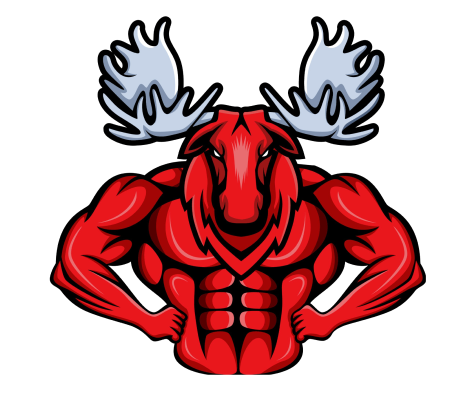I’ve spent a lot of time looking into the whole sumo versus conventional deadlift debate, and I want to share my thoughts with you. After doing my own deep dive, I think it’s time we put this debate to rest with some clear, backed-up reasoning.
When it comes to muscle activation, conventional deadlifts recruit more muscles, especially the quads, glutes, and adductors. Sumo, on the other hand, focuses more on the hamstrings and adductors. While conventional lifts definitely use more muscle mass, the argument that sumo is "easier" because of a shorter range of motion doesn’t tell the full story. Sure, sumo might reduce the range of motion, but it forces the lifter to take their muscles to a more stretched, lengthened position, which isn’t necessarily any easier.
Now, let's talk about biomechanics. When you look at the mechanics of both lifts, sumo lifters have a leverage advantage. With the knees pushed outward, the distance from the knees to the bar is much shorter. This creates less torque at the hips, making it easier for the sumo lifter to get the bar moving off the floor. However, this comes at the expense of muscle length and power. Conventional deadlifts, on the other hand, create more torque at the hip, but they engage a wider range of muscles, which gives them a strength advantage in the long run.
The bigger issue, though, is the type of barbell used. When you introduce a deadlift bar with a lot of whip, it gives sumo lifters a distinct advantage. The extra slack allows them to get the bar moving more easily off the ground, which is not something that happens with conventional deadlifts. This is why I think sumo should only be compared using a stiff barbell. The deadlift bar changes the nature of the lift and makes it a different challenge altogether.
If we look at some of the top lifters, like Christophe Wiserbeck, you can see how the use of a deadlift bar makes a huge difference. Over the course of just a few months, he added 100 pounds to his deadlift, which is nearly impossible to do without the advantage of the whip on a deadlift bar. This type of progress just doesn’t happen under normal circumstances, especially for experienced lifters.
At the end of the day, I believe that sumo on a whippy bar is fundamentally different from sumo on a stiff bar, and it’s important to acknowledge that difference. For fairness in competition, we should separate the two categories—especially when it comes to the equipment being used.
